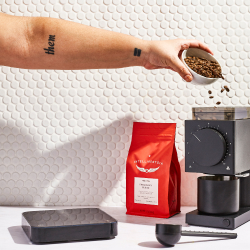When it comes to enjoying a latte, one of the most common questions is, Are lattes hot or cold? This question highlights the versatility and diverse nature of lattes, a beloved coffee beverage enjoyed by millions around the world. These coffee drinks can be crafted to suit a variety of temperatures, each offering a unique taste and experience. In this comprehensive guide, we delve into the different aspects of latte temperatures, exploring how they are influenced by cultural practices, individual preferences, and even seasonal changes. Whether you are a coffee aficionado or a casual drinker, understanding the nuances of this drink’s temperatures can greatly enhance your coffee experience.
Are Lattes Hot or Cold?
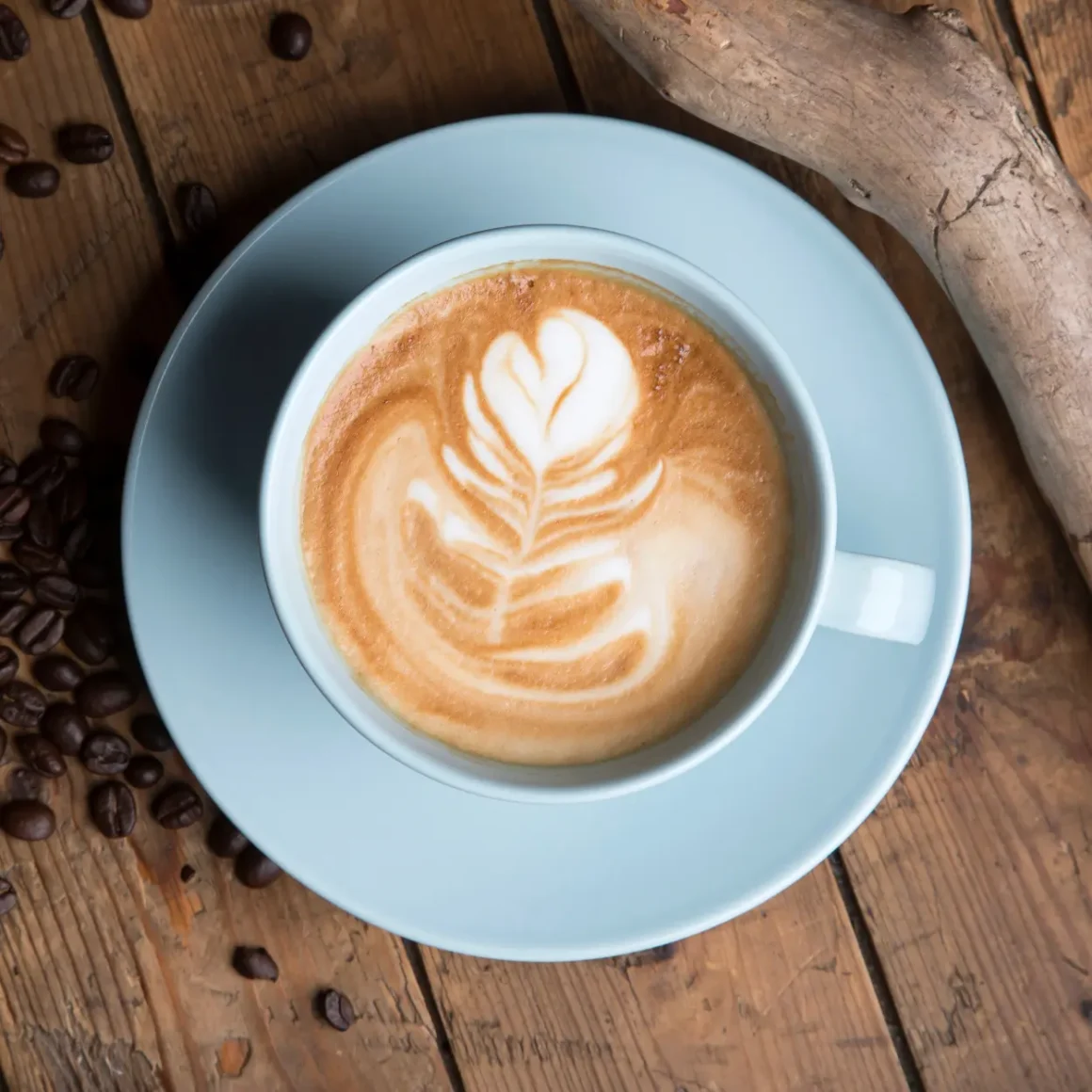
These beverages can be served either hot or cold, catering to diverse preferences. This temperature flexibility allows for a varied coffee experience:
- Traditionally Hot: These types of drinks, in their classic form, are served hot. A hot latte is a popular choice, especially in colder weather, providing warmth and comfort. It’s made with espresso and steamed milk, often topped with a small amount of foam.
- Cold Variants: Cold lattes have gained popularity, particularly in warmer climates or as a refreshing summer beverage. These are typically made with chilled milk and espresso, sometimes over ice, offering a cool, invigorating twist to the traditional version.
In summary, whether these beverages are served hot or cold depends on personal preference and the occasion. This versatility makes them a favorite among coffee enthusiasts worldwide.
The Temperature Spectrum of Lattes
These coffee drinks come in various temperatures, each offering a unique experience. The coffee latte adapts to personal tastes and occasions from the traditional hot to the refreshing cold. Let’s explore the different temperature ranges of these concoctions:
Hot Lattes
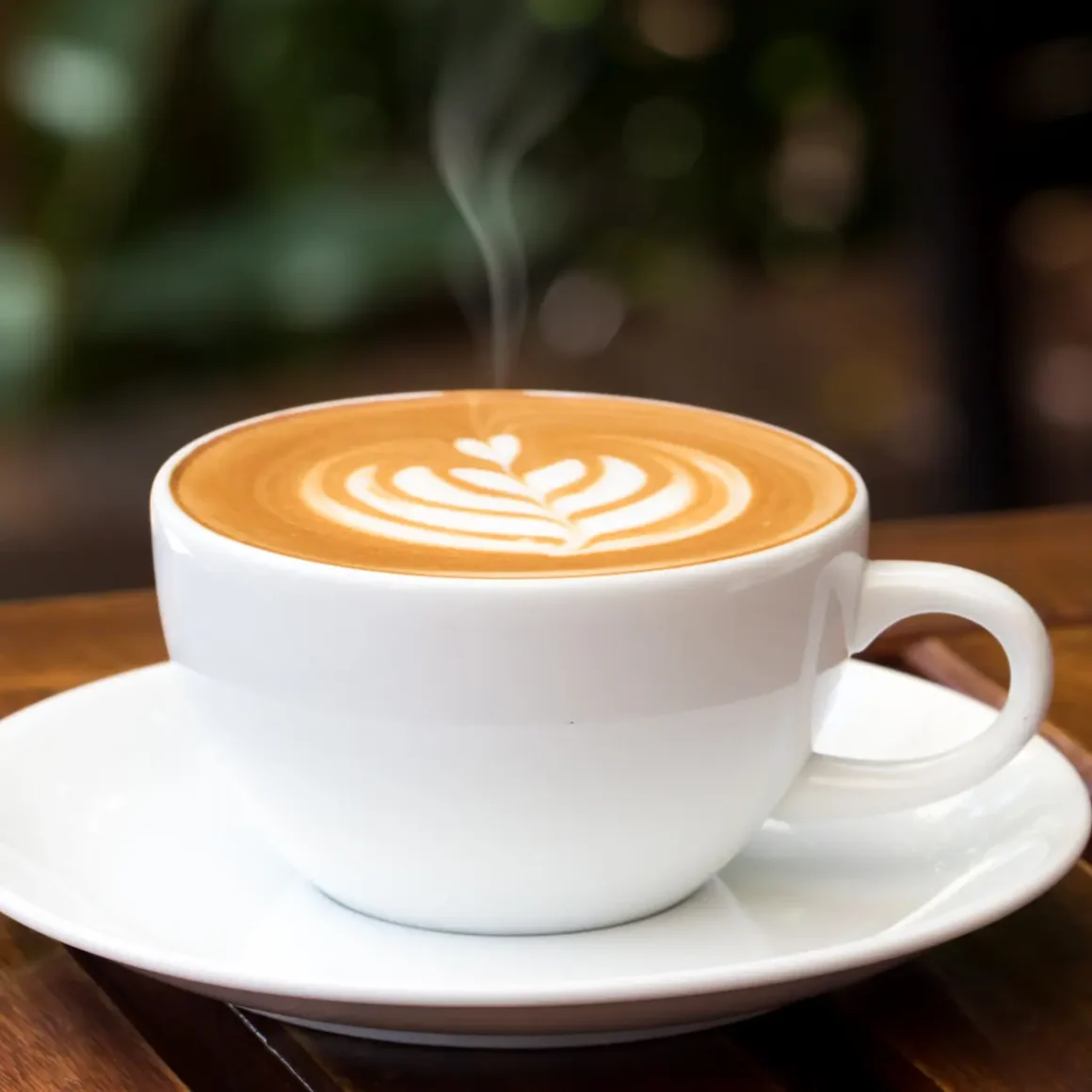
Hot lattes are the classic representation of this beloved beverage, offering warmth and richness in every sip.
- Preparation and Experience: These coffee drinks combine freshly brewed espresso with steamed milk, creating a creamy texture and enhanced flavors. The heat elevates the coffee’s aroma, making it a preferred choice in colder climates or seasons.
- Serving and Enjoyment: Served in pre-warmed mugs, these drinks retain their temperature longer, allowing for a leisurely and comforting experience. They symbolize warmth not just in taste but also in the cozy ambiance they create.
Warm Lattes
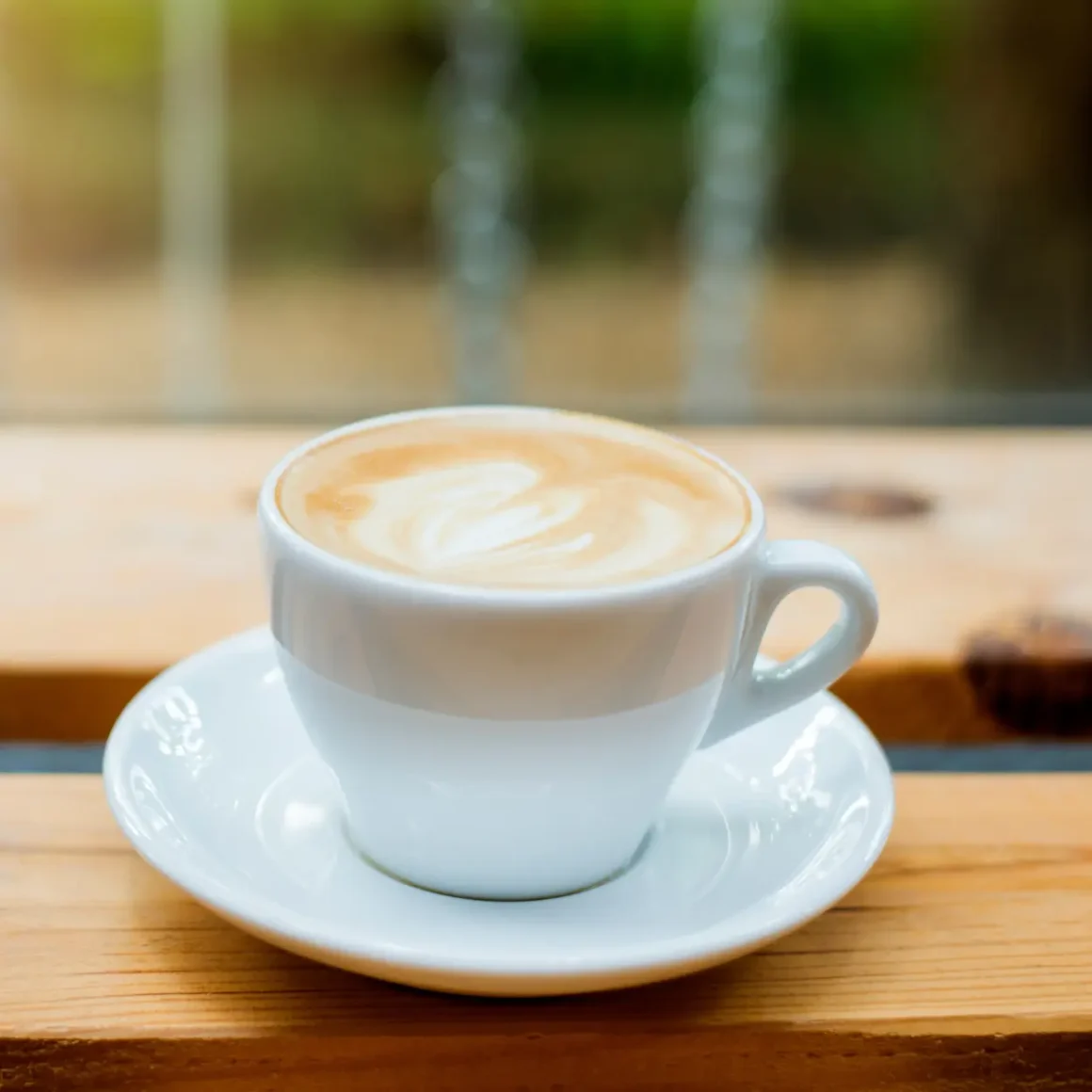
Warm lattes offer a gentler heat, making them a subtle variant.
- A Milder Alternative: Less hot than traditional versions, warm lattes are perfect for those who find the high temperature of the hot version overpowering. They strike a balance between warmth and comfort.
- Benefits: This lukewarm temperature makes them ideal for quicker consumption without diminishing the rich blend of espresso and milk. It’s an excellent choice for coffee lovers who are on the move.
Cold Lattes
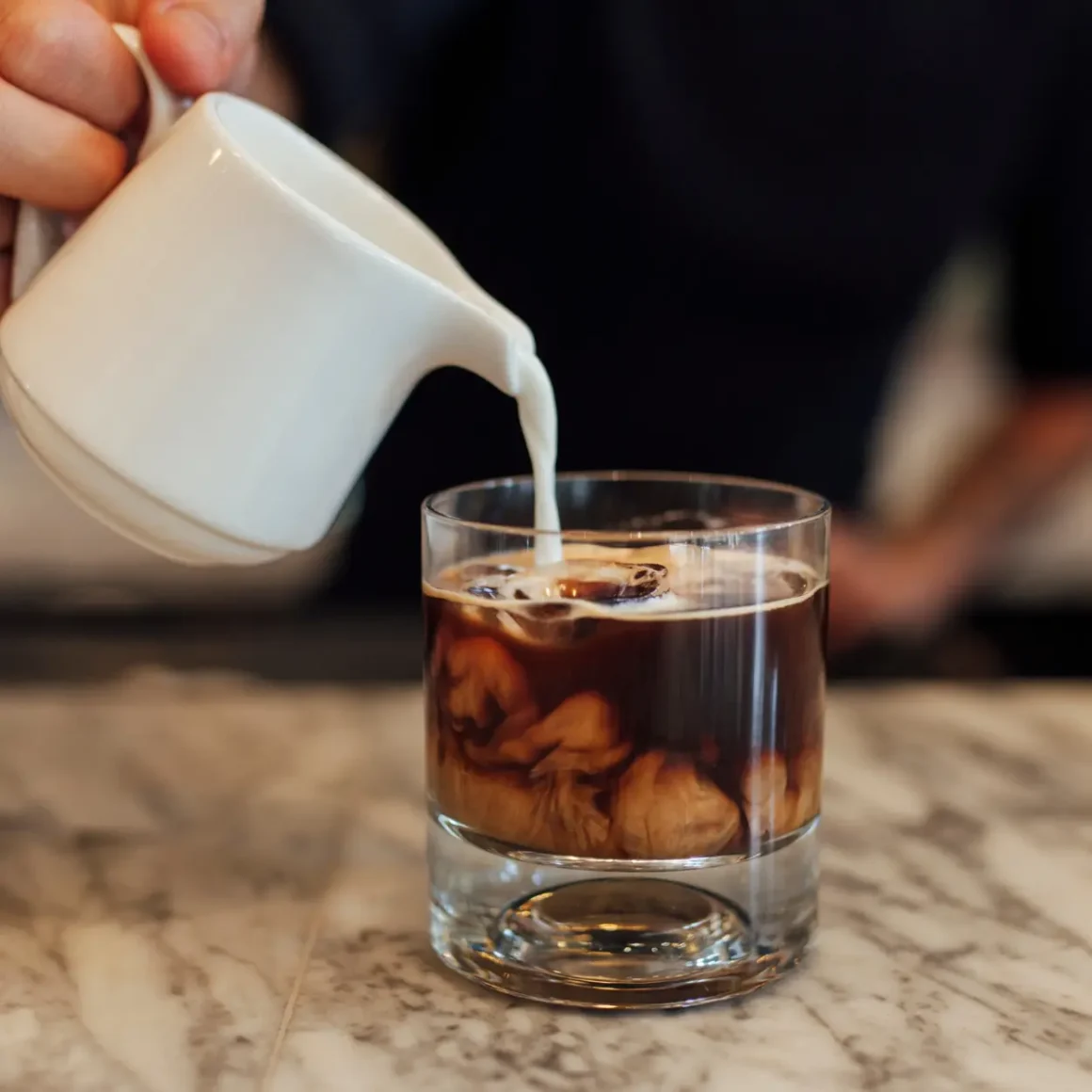
Cold lattes bring a refreshing and invigorating twist to the traditional version, ideal for warmer days or as a chilled treat.
- Refreshing Choice: Made with cold milk and espresso, often served over ice, these coffee drinks are a rejuvenating version of the classic coffee latte.
- Versatility and Popularity: Their popularity peaks in the summer, offering a cool and crisp alternative. These coffee drinks cater to those looking for a refreshing coffee experience, providing a delicious escape from the heat.
In essence, whether are lattes cold or hot, they provide a versatile and enjoyable experience. From the comforting warmth of the hot version to the refreshing chill of the cold one, this beverage caters to a wide array of tastes and occasions.
Expert Opinions on Latte Temperatures
When it comes to the ideal temperature of a cafe latte, opinions vary among experts. From baristas to coffee connoisseurs, and even from a health perspective, each offers valuable insights into whether are lattes hot or cold and why. Understanding these viewpoints can enhance your experience, whether you’re making it at home or ordering at a café.
Baristas’ Insights
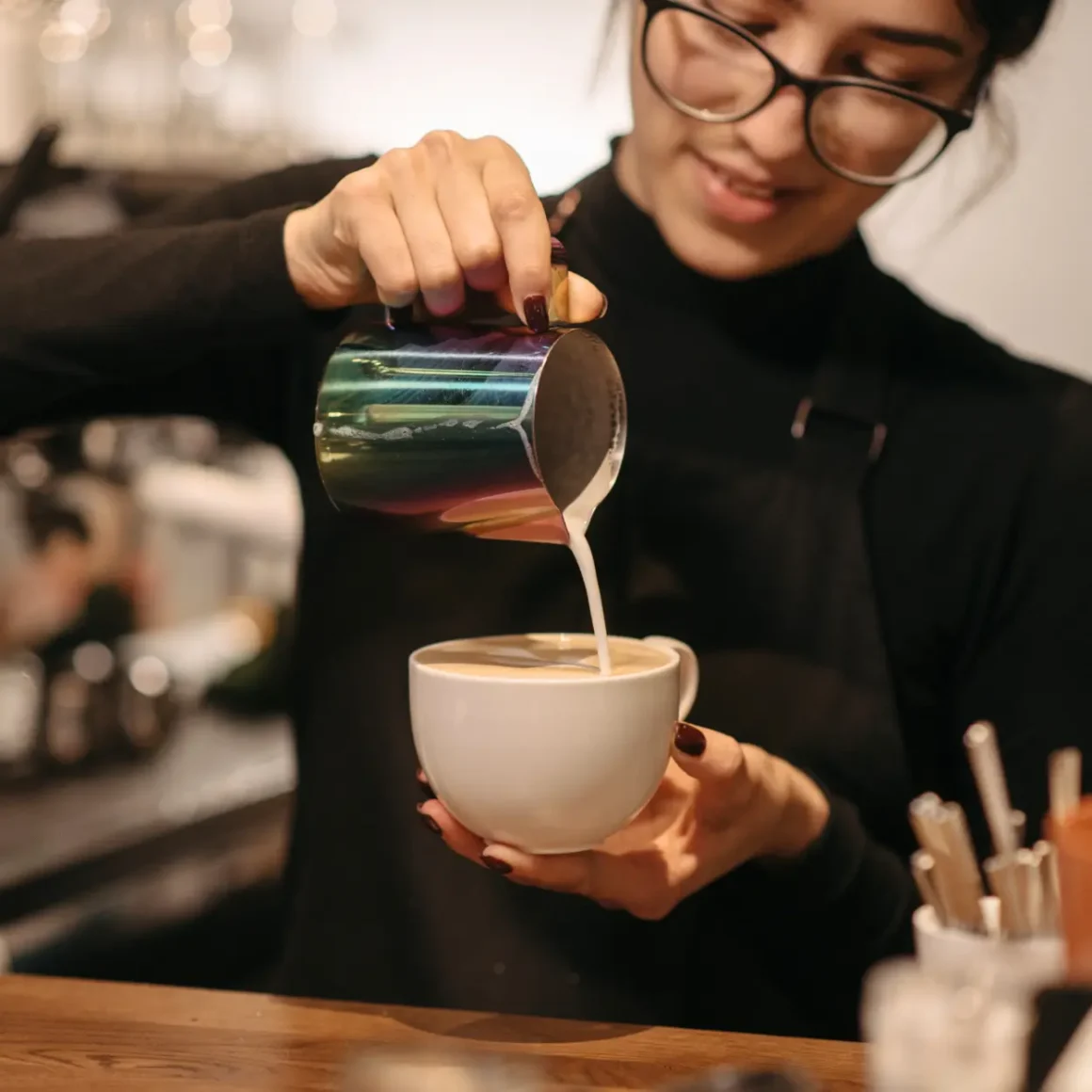
Baristas, as the artisans of coffee, have a deep understanding of how temperature affects this drink’s quality.
- Impact on Flavor: Baristas note that the temperature at which this coffee beverage is served can significantly influence its flavor profile. A hot latte emphasizes the boldness and richness of espresso, while a cooler temperature can bring out subtler notes.
- Textural Considerations: The temperature also affects the milk’s texture. Hotter temperatures create a smoother, creamier foam, essential for a traditional version of this lovely drink. In contrast, colder temperatures might not allow the same frothiness but can offer a refreshing texture.
Coffee Connoisseurs’ Preferences

Individuals deeply passionate about coffee often have specific preferences regarding latte temperatures.
- Personal Taste and Experience: Some connoisseurs prefer hot lattes for their comforting warmth and enhanced coffee aroma, while others lean towards the cold version for a more refreshing experience.
- Seasonal and Situational Preferences: Often, the choice between a hot or cold version of this lovely beverage depends on the season, time of day, or even the mood of the coffee drinker. Connoisseurs might opt for a hot cup of this drink on a cold morning and a cold one on a hot afternoon.
Health Perspectives
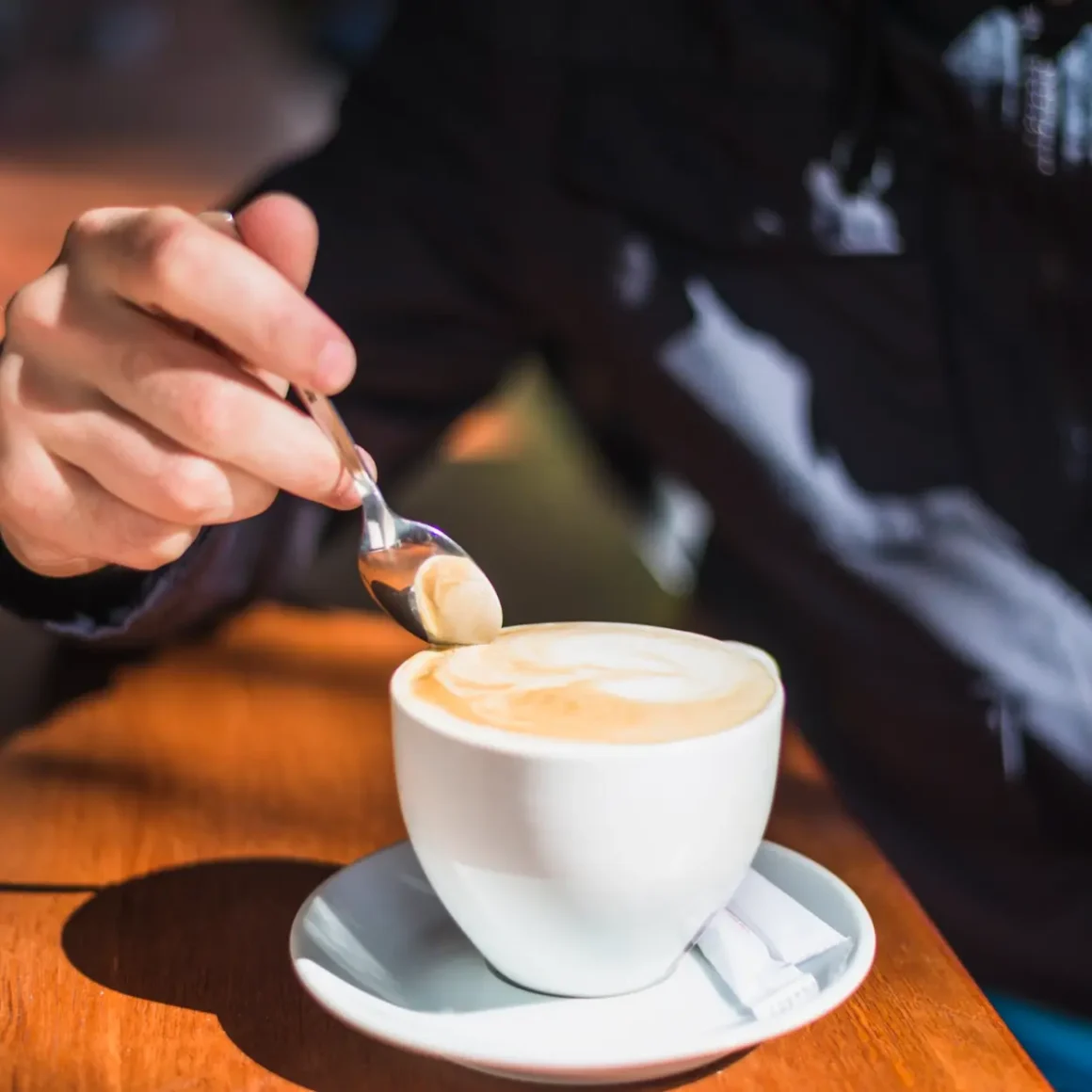
From a health standpoint, the temperature of this delightful coffee drink can have different implications.
- Digestive Impact: Warm beverages, including lattes, are often considered more digestible, especially when consumed in the morning. They can be soothing and less shocking to the system.
- Temperature Safety: Extremely hot beverages can pose a risk of scalding or damaging sensitive tissues in the mouth and throat. It’s advised to enjoy this delicacy at a comfortable temperature to avoid such risks.
The preferred temperature for a café latte varies depending on the expert’s perspective. Baristas focus on the impact of temperature on flavor and texture, coffee connoisseurs on their personal taste and experience, and health experts on the digestive and safety aspects. Understanding these diverse viewpoints can help you appreciate this experience even more.
Popular Variations of Latte Temperatures
As previously discussed, this coffee drink comes in various temperature-based variations, each offering a unique twist to the traditional espresso and milk combination. From the coolness of an iced latte to the warmth of a steamed latte, and the novelty of a blended latte, these variations cater to a wide range of preferences and occasions.
Iced Latte
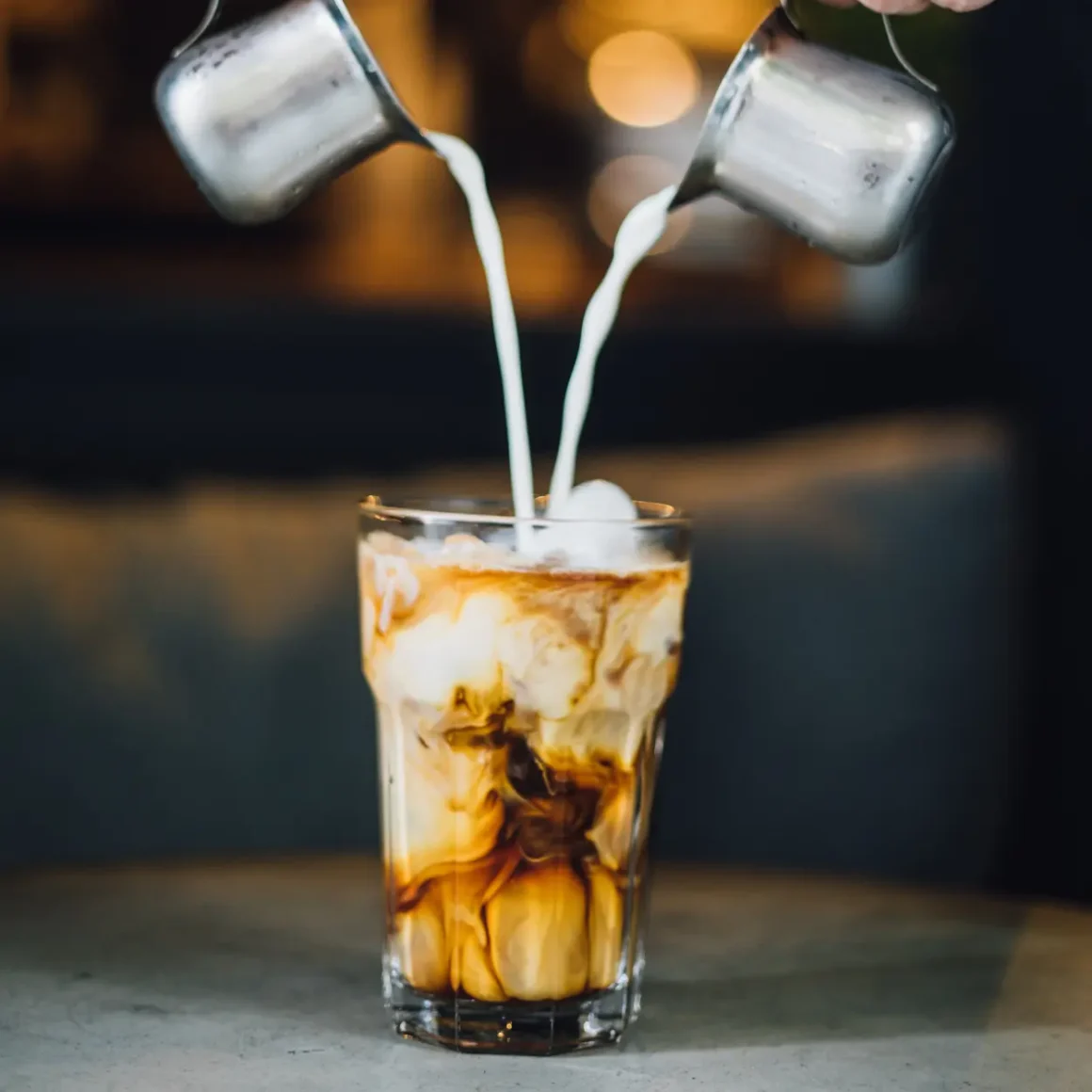
This beverage is a popular choice for those seeking a refreshing coffee experience, especially in warmer weather.
- Preparation: It’s made by combining espresso with cold milk, and then pouring the mixture over ice. This process ensures the drink remains chilled and invigorating. (1)
- Flavor Profile: The cool temperature emphasizes the smoothness of the milk while maintaining the strong espresso flavor. It’s a perfect balance for those who want a robust coffee taste without the heat.
Steamed Latte
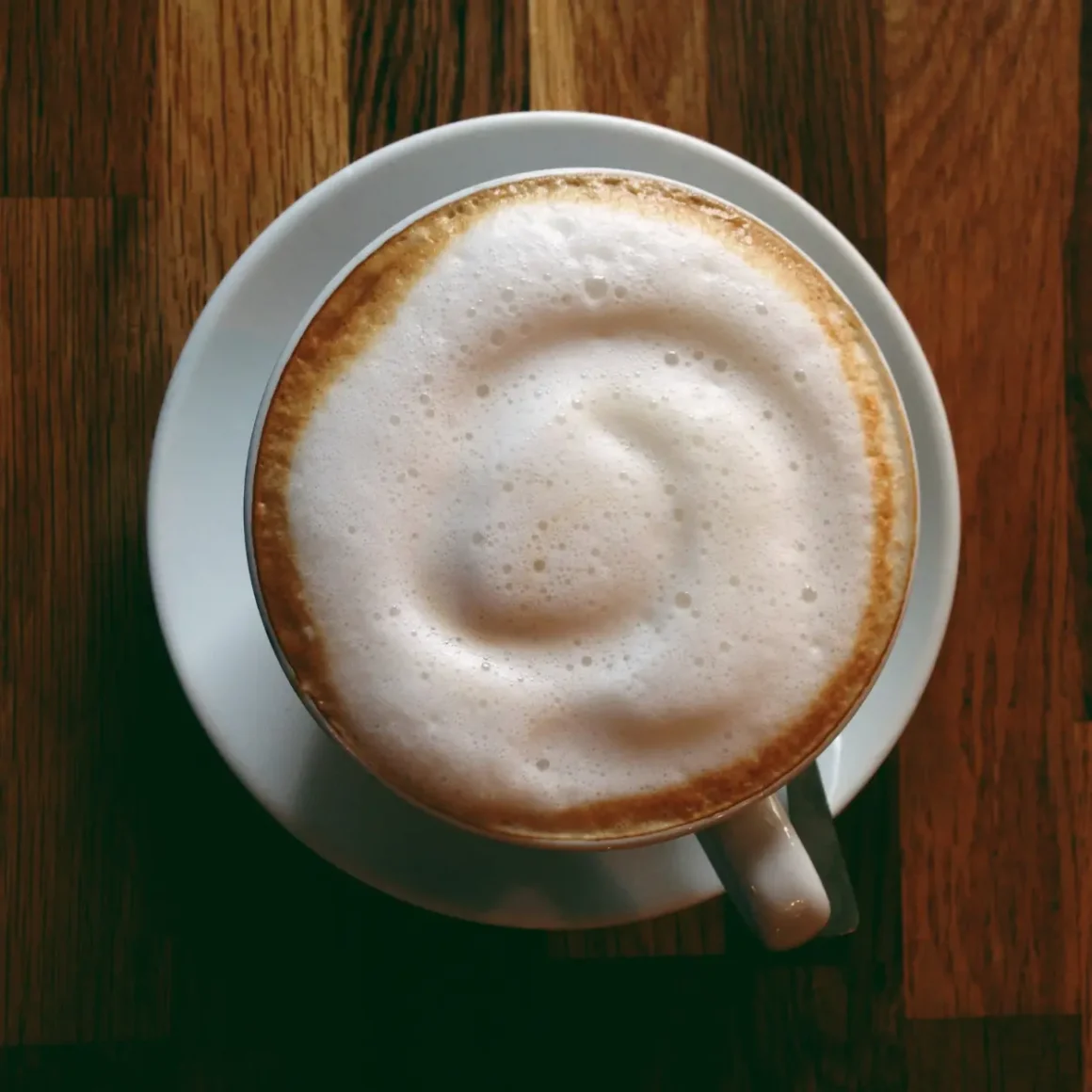
The steamed latte is what most envision when they think of a traditional latte, warm, comforting, and rich.
- Preparation: This coffee drink involves steaming milk to create a creamy texture, and then mixing it with freshly brewed espresso. The steamed milk not only warms the beverage but also adds a silky smoothness.
- Experience: Ideal for colder days or as a morning pick-me-up, the steamed variant provides both warmth and a comforting creaminess. It’s a classic choice for those who appreciate the original essence of this drink.
Blended Latte
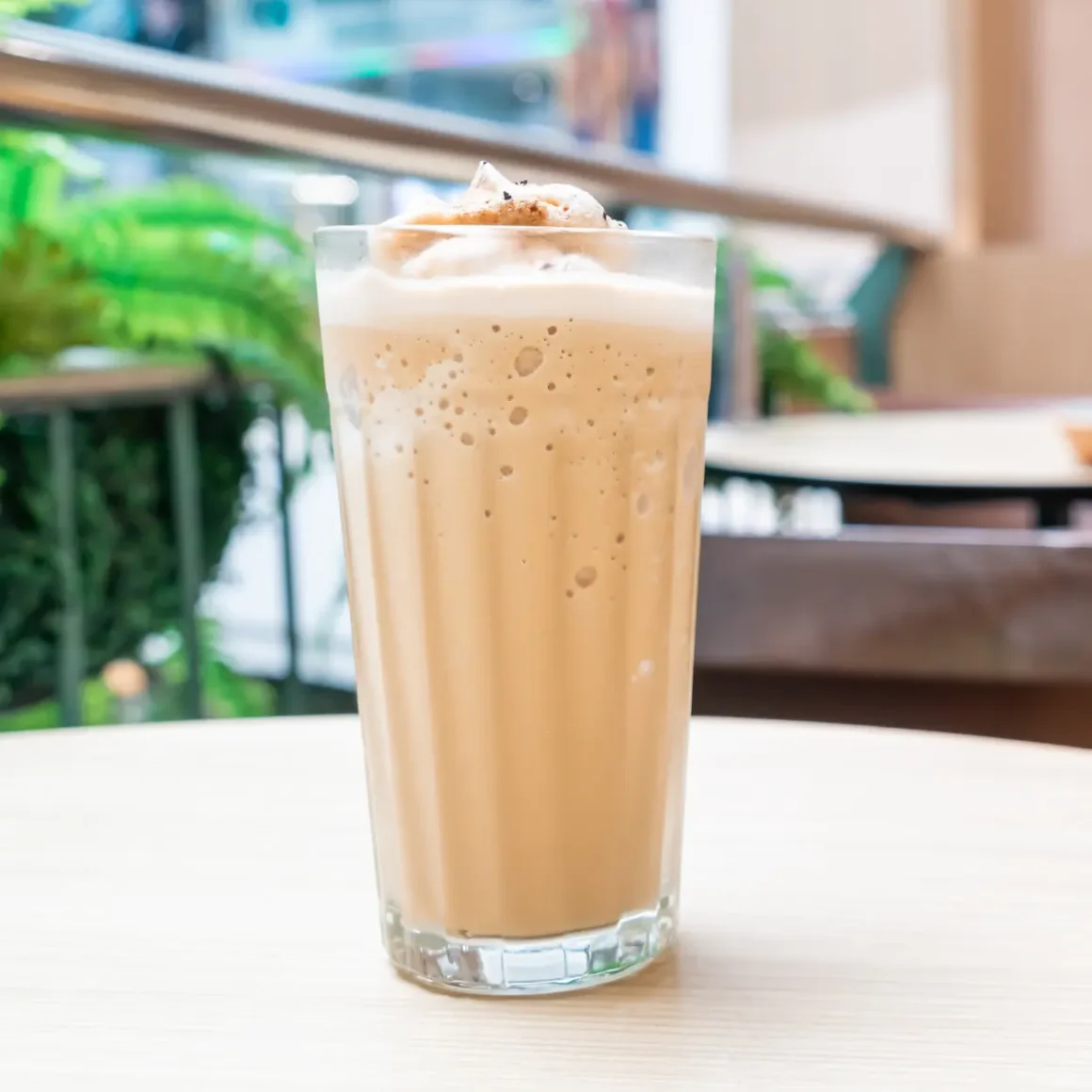
Blended lattes offer a unique and modern take on the traditional version of this drink, combining coffee with a frozen texture.
- Preparation: In this variation, espresso, milk, and often some flavoring are mixed and then blended with ice, resulting in a smooth, frappe-like consistency.
- Occasion and Appeal: It’s a perfect summer treat, offering a dessert-like experience. The blended version of this beverage is particularly appealing to those who enjoy a combination of coffee flavor with a cold, creamy texture.
This delectable beverage presents a variety of temperature-based choices, each with its unique preparation method and appeal. These variations ensure that there’s a latte for every preference and occasion.
The Art of Crafting the Perfect Latte
Crafting the perfect cup of this concoction is an art that combines skill, precision, and a touch of personal flair. From selecting the right brewing methods to mastering milk frothing techniques, and customizing to personal taste, each step is crucial in creating a drink that not only tastes great but is also a delight to behold.
Brewing Methods
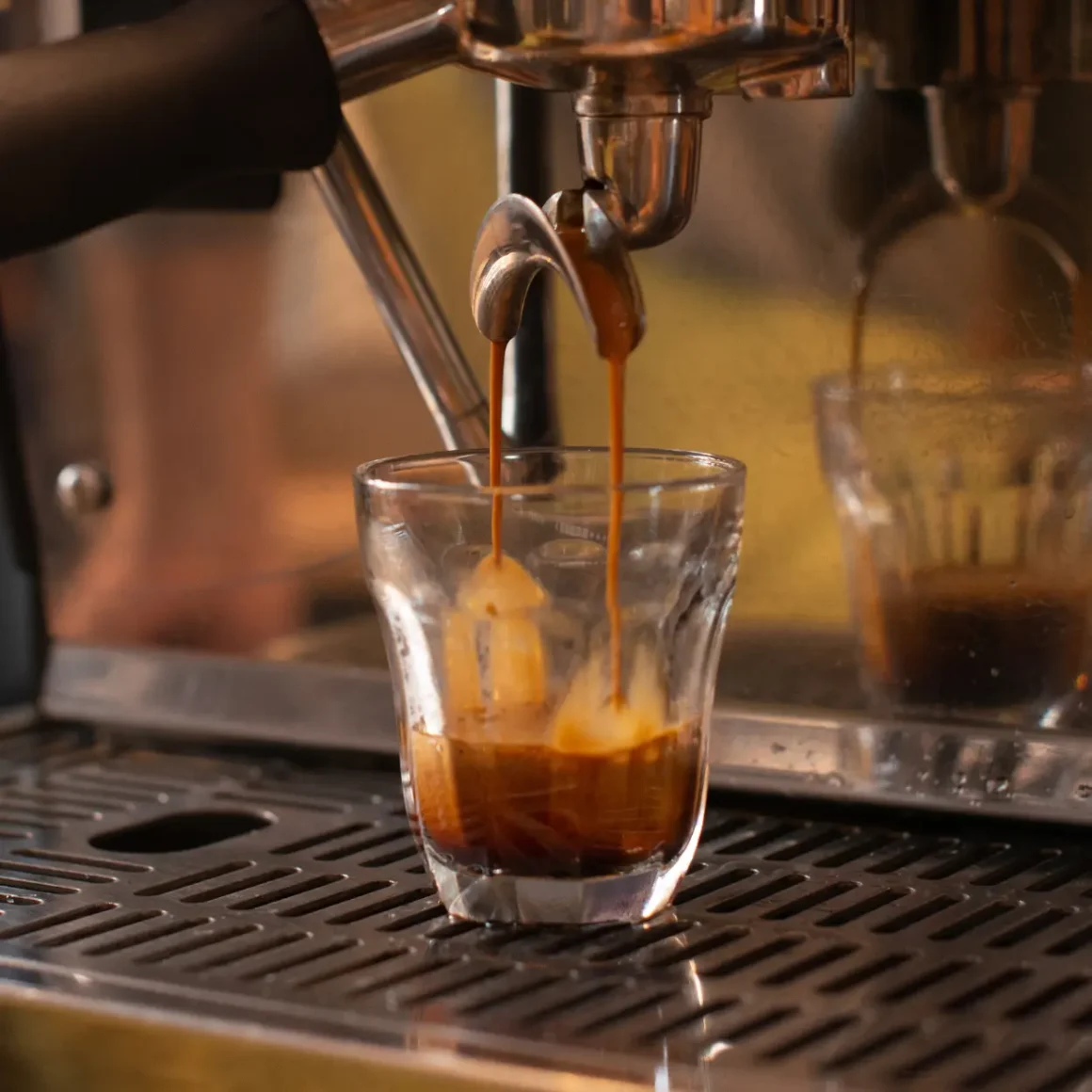
The foundation of a great cup of this coffee drink is the espresso, and the brewing method plays a vital role in its quality.
- Choice of Coffee: Selecting a high-quality coffee bean is essential. A well-roasted bean will provide the rich and robust flavor that is characteristic of a good cup of this lovely coffee drink. (2)
- Espresso Machine: The use of quality espresso machines is key. It should be able to extract the espresso at the right temperature and pressure to achieve a balance between acidity and bitterness.
- Preparation: These two elements are foundational to brewing a great cup of this beverage. Once you have these elements in place, you can proceed to make your latte by steaming milk, combining it with espresso, and optionally adding flavorings or toppings to suit your preference.
Milk Frothing Techniques
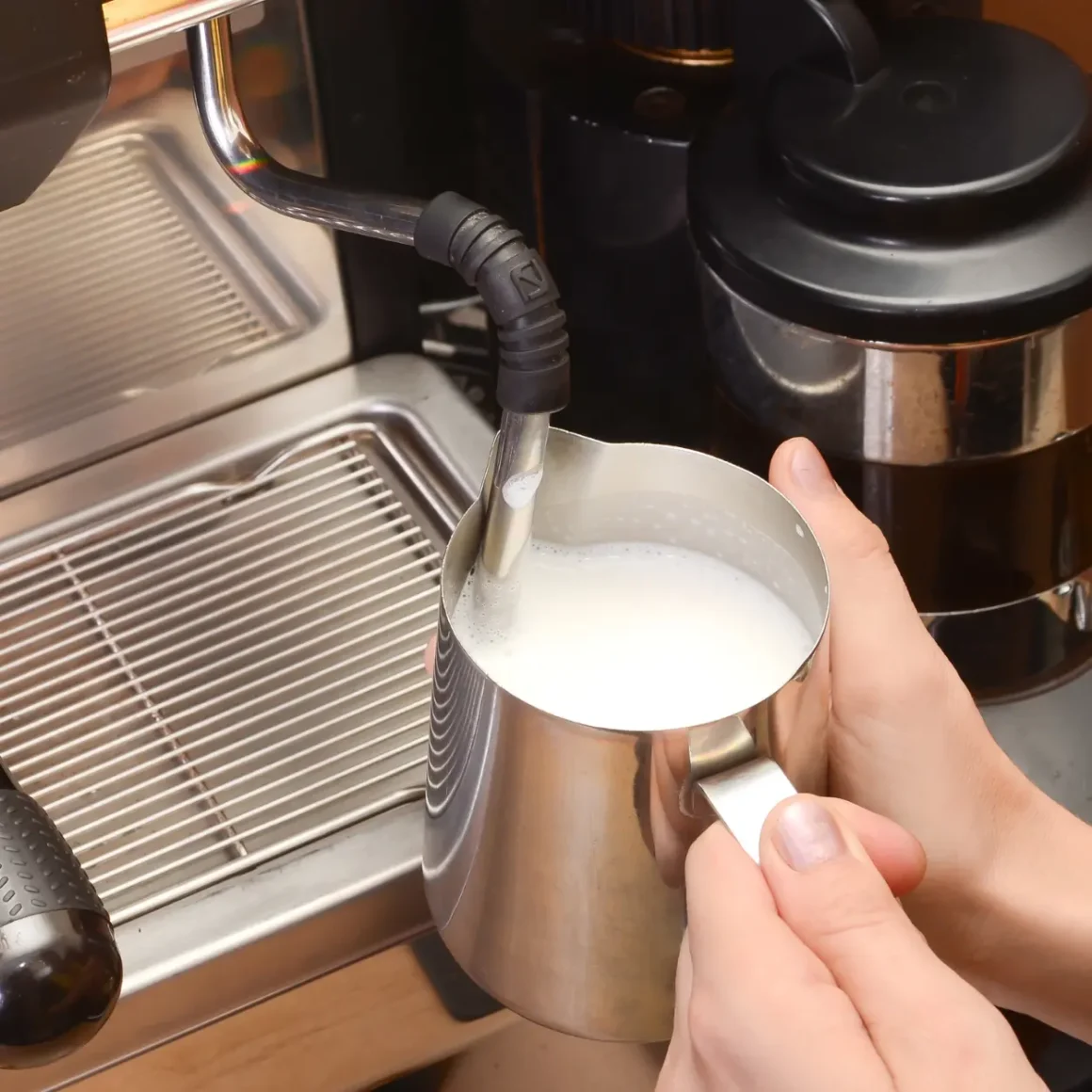
Milk frothing is what sets this beverage apart from other espresso-based drinks. The best milk for frothing contributes significantly to the texture and overall experience of this delicacy.
- Choosing the Right Milk: Full-fat milk is often considered the best milk for frothing due to its rich content of proteins and fats, leading to a creamier and more stable foam.
- Frothing Process: The technique involves heating the milk while introducing air, and creating microfoam with tiny bubbles. This can be done using a steam wand on an espresso machine, ensuring the milk is not overheated to maintain sweetness.
Customizing Your Latte
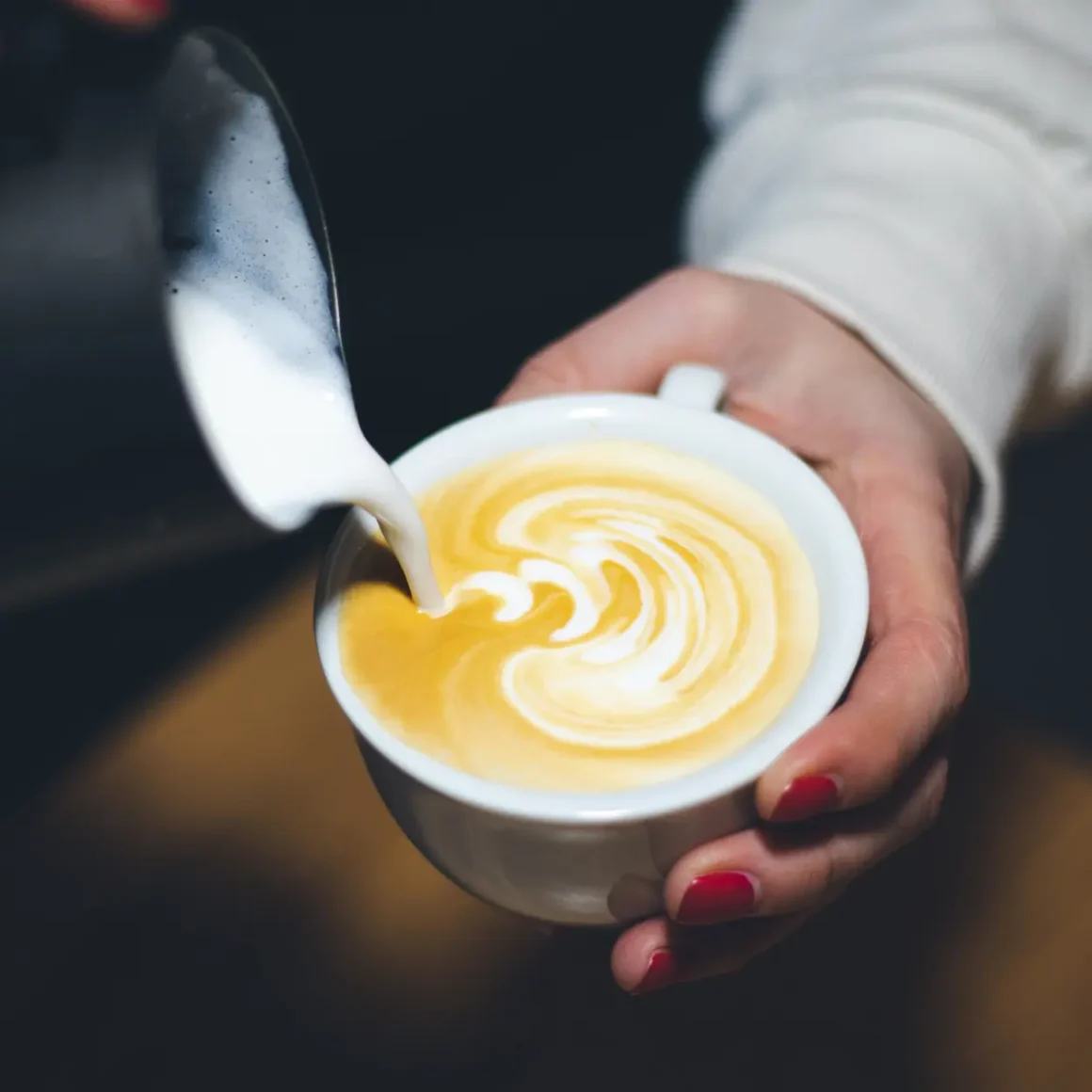
Personalization is the final touch in the art of making this delightful coffee beverage, allowing each individual to tailor their drink to their taste.
- Flavor Additions: Customizing can involve adding flavors like vanilla, caramel, or hazelnut. These should complement, not overpower, the espresso.
- Latte Art: For those who are artistic, latte art is a way to add a visual appeal to the drink. It involves pouring steamed milk into espresso in a way that creates patterns on the surface.
Overall, the art of crafting the perfect cup of this concoction is a meticulous process that involves choosing the right brewing method, mastering milk frothing techniques, especially using the best milk for frothing, and adding a personal touch through customization. Each step is crucial in creating a latte that is not just a beverage, but a work of art.
The Cultural Influence on Latte Temperatures
The temperature at which this coffee drink is served is not just a matter of personal preference, but it is also significantly influenced by cultural practices and regional traditions. Across the globe, the way lattes are prepared and consumed varies, reflecting local customs, climate, and lifestyle.
Latte Traditions Around the World
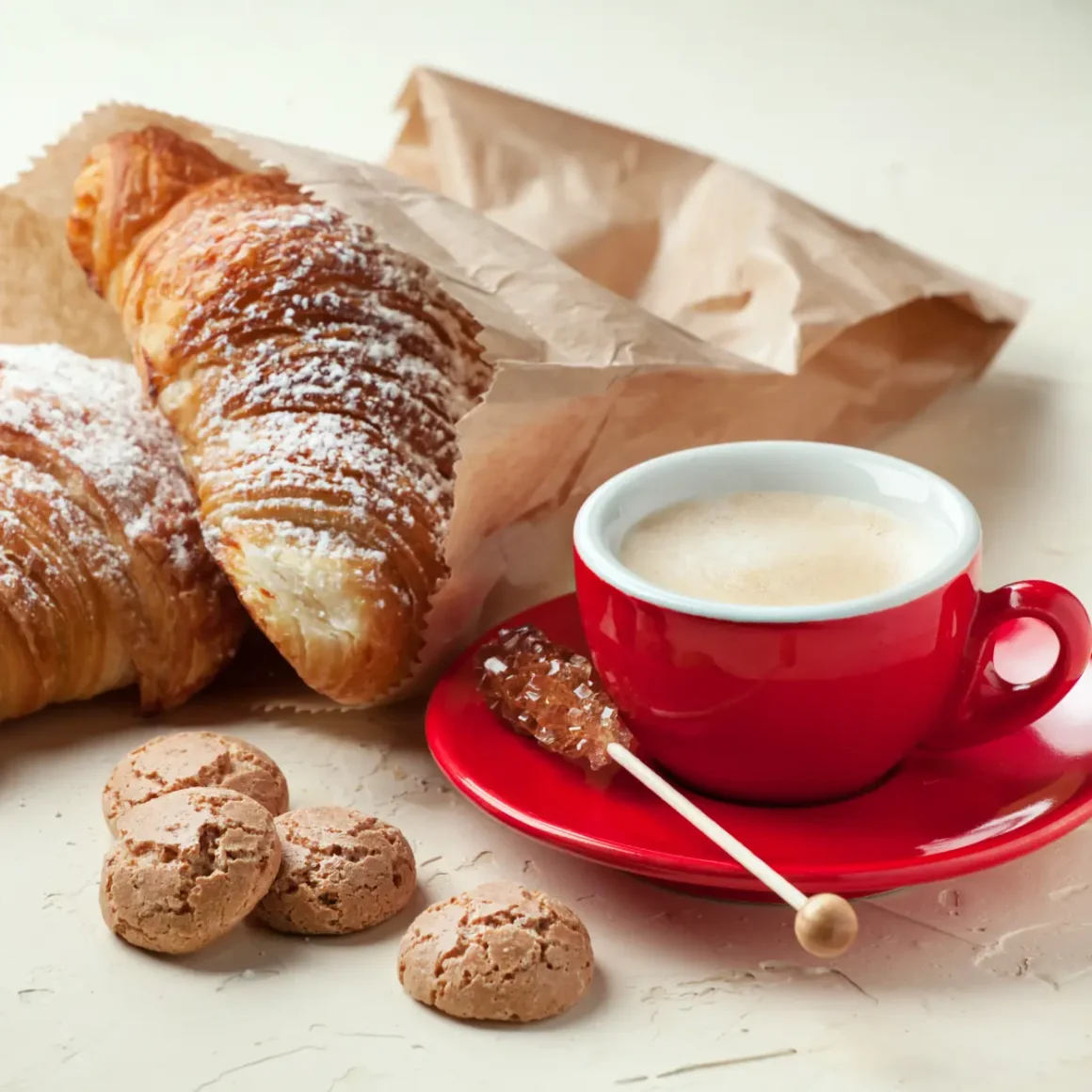
Different cultures have their unique ways of enjoying this concoction, influenced by their coffee history and culinary practices.
- Italy: In the birthplace of espresso, lattes are typically enjoyed hot and as a breakfast drink. It’s often less foamy and more about the harmony between espresso and warm milk.
- United States: Here, this concoction has been reinvented in numerous ways, with temperatures ranging from hot to cold. The iced latte, in particular, has become a staple in the American coffee scene, especially during warmer seasons.
Regional Preferences

The preference for this drink’s temperatures can vary significantly from one region to another, influenced by local tastes and weather conditions.
- Colder Climates: In areas with colder weather, hot lattes are predominantly favored for their warming qualities. Countries like Canada and Russia see a higher consumption of hot cups of this beverage throughout the year.
- Warmer Regions: In contrast, warmer climates, such as in Australia or Southeast Asia, tend to prefer cold lattes. These provide a refreshing respite from the heat and have become part of the daily lifestyle.
Seasonal Considerations
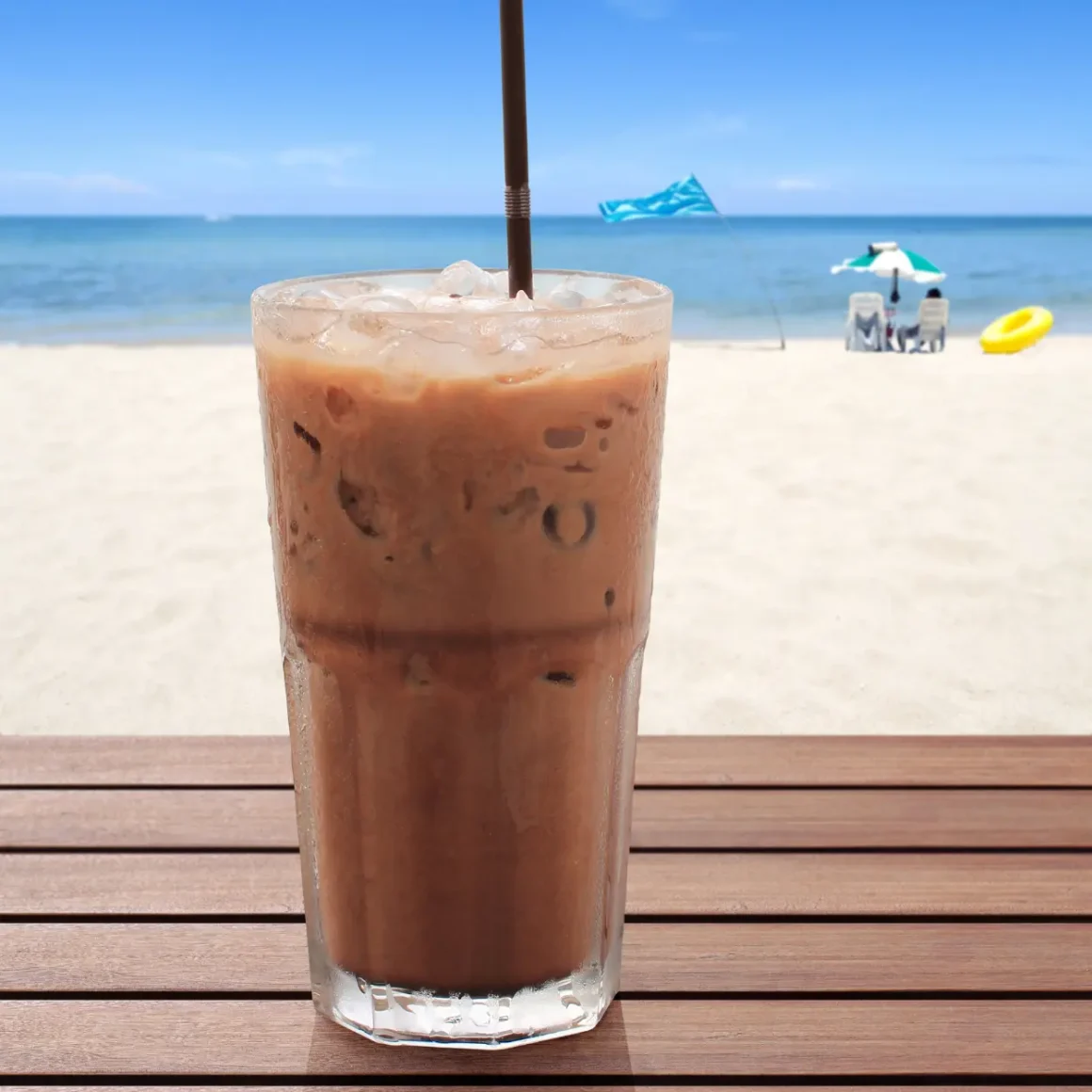
The change in seasons also plays a significant role in how this delightful coffee drink is enjoyed in different parts of the world.
- Summer: During the hot summer months, cold lattes, including iced and blended variations, become more popular. They offer a cool and refreshing alternative to the traditional version of this coffee drink.
- Winter: Conversely, in the winter, the hot latte regains its popularity. It’s not just about the warmth it provides but also about the comforting experience of holding a warm cup and savoring the steamy beverage.
In summary, the choice of this drink’s temperature is deeply intertwined with cultural practices, regional preferences, and seasonal changes. From the traditional hot lattes of Italy to the iced variations popular in warmer climates, and the seasonal shifts in preferences, the way these beverages are enjoyed around the world provides a fascinating insight into the cultural diversity of this delicacy.
Conclusion
In conclusion, the exploration of latte temperatures reveals a beverage that is as versatile as it is beloved. From the steaming cups savored in the cozy cafes of Italy to the refreshing iced lattes enjoyed on sunny American patios, this delectable coffee drink adapts to suit every preference and environment. The question: Are lattes cold or hot does not have a single answer; rather, it opens the door to a world of options. Whether influenced by cultural traditions, personal taste, or the changing seasons, the temperature of this beverage can significantly alter its character and appeal.
FAQ
What's the difference between an iced latte and a cold latte?
An iced latte is specifically served with ice, while a cold one is chilled but not necessarily served with ice.
Are hot lattes healthier than cold ones?
There is no significant health difference between hot and cold versions of this coffee drink; the choice depends more on personal preference and tolerance for temperature.
How do baristas froth milk for lattes?
Baristas froth milk for these coffee drinks using a steam wand on an espresso machine, creating a smooth, creamy foam by incorporating air into the milk.
Are there cultural variations in latte temperatures?
Yes, cultural variations in this drink’s temperatures exist, with preferences often influenced by regional climates and traditional coffee practices.




